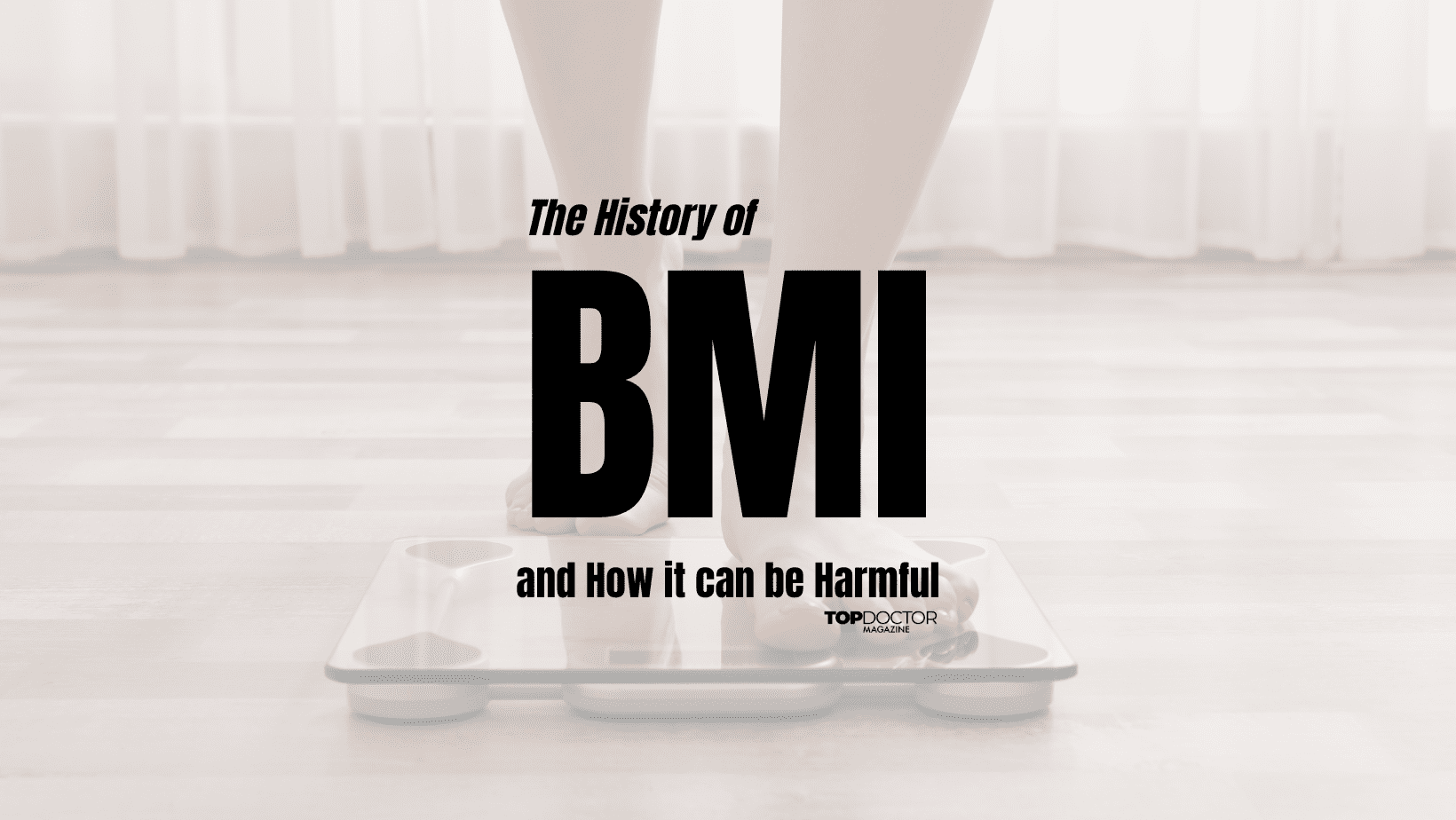Almost 200 years ago, a Belgian mathematician came up with BMI to help his statistics find the average man. This work, conducted in the 1830s by Lambert Adolphe Jacques Quetelet, found its way into life insurance companies which created an “ideal weight” and became known as body mass index to screen for obesity. The equation is the ratio of body mass to height in order to categorize people as overweight, underweight, or “healthy” weight. The “healthy” weight is any adult within the 18.5 to 24.9 index.
It has been debated by many medical professionals if BMI is really the best way to categorize adults. Many medical professionals acknowledge that BMI can be useful in tracking weight trends across populations but does not account for differences in ethnic groups while targeting athletic people since it does not distinguish muscle mass from fat. Most often, a high BMI index is prescribed with exercise and weight loss.
Why BMI Can Be Harmful
Body mass index is based on the height and weight ratio of a person but does not account for a variety of other things that influence weight, such as muscle mass, bone density, body composition, racial differences, or sex differences. Anyone with a BMI of 30 or higher is considered obese and is proven to have a higher risk of developing diabetes, cancer, cardiovascular diseases, and liver diseases. But some studies have actually shown that some individuals with obesity have lower cardiovascular risk and improved metabolic profiles.
Arguably, BMI’s biggest fault is that it does not take into account a person’s body fat versus lean muscle tissue. Unfortunately, this leads to BMI categorizing athletic people as fatter than they truly are.
Age is another factor not accounted for in body mass index scaling. Children are usually categorized in percentile charts rather than BMI scales. Anyone over 20 years old is measured through BMI without any regard to age or sex. Women tend to have overall more body fat than the average male.
It is also important to note that many studies point to the fact that those who have fat around the waist and abdominal organs are at a higher risk for developing health problems than those with fat in other areas of the body. However, this is not considered in BMI. For muscular people, only height and weight measurements simply cannot accurately measure their health, as muscle outweighs fat.
There are times of life when BMI is especially inaccurate such as during pregnancy or breastfeeding for women and in childhood when a person is still growing.
Can BMI Be Made More Accurate?
Since the current standard of BMI only includes height and weight, the National Heart, Lung, and Blood Institute (NHLBI) suggests that when medical professionals are assessing people, they should take into consideration three factors: BMI, waist circumference, and risk factors for conditions associated with obesity.
Measuring and adding waist circumference paired with BMI can help assess the risk for heart disease and type 2 diabetes. The CDC says that the risk for these diseases increases when nonpregnant women have a waist size of 35 inches or more and men have a greater waist size than 40 inches. So evaluating this aspect of health can make a better way of measuring health while still including BMI.
When assessing BMI and waist size, risk factors for obesity should also be considered. Things such as high blood pressure, high cholesterol, high blood sugar levels, history of family heart diseases, and high consumption of alcohol or smoking cigarettes can all influence obesity risks to the heart. Professionals suggest measuring the waist size, the BMI index, and if the person has two or more risk factors listed above. This would then give a more accurate idea of if the person should consider losing weight.
The Bottom Line
BMI is complicated in terms of determining if it is accurate and useful for people’s health. Since it does not take into account age, race, ethnicity, sex, or muscle mass, it is hard to say if it is the best way to determine if you should lose weight. In addition, risks increase as BMI increases. However, it is not to be automatically assumed that your health is poor if your BMI is high.
Waist circumference paired with BMI and risk factors may be the best way to determine one’s healthy weight. The thing about BMI is if it is combined with other health factors, it would be much more useful in determining one’s health. It is not necessary to completely throw out the idea of BMI, but it is important to take into account other factors along with BMI rather than just considering BMI.
This topic has been highly debated for years, with very little change in presentation at a doctor’s office. If BMI concerns you, discuss it with your healthcare provider and see what they say regarding other factors being considered. Research this topic more if you want to determine your BMI and how it should influence your future!






0 Comments